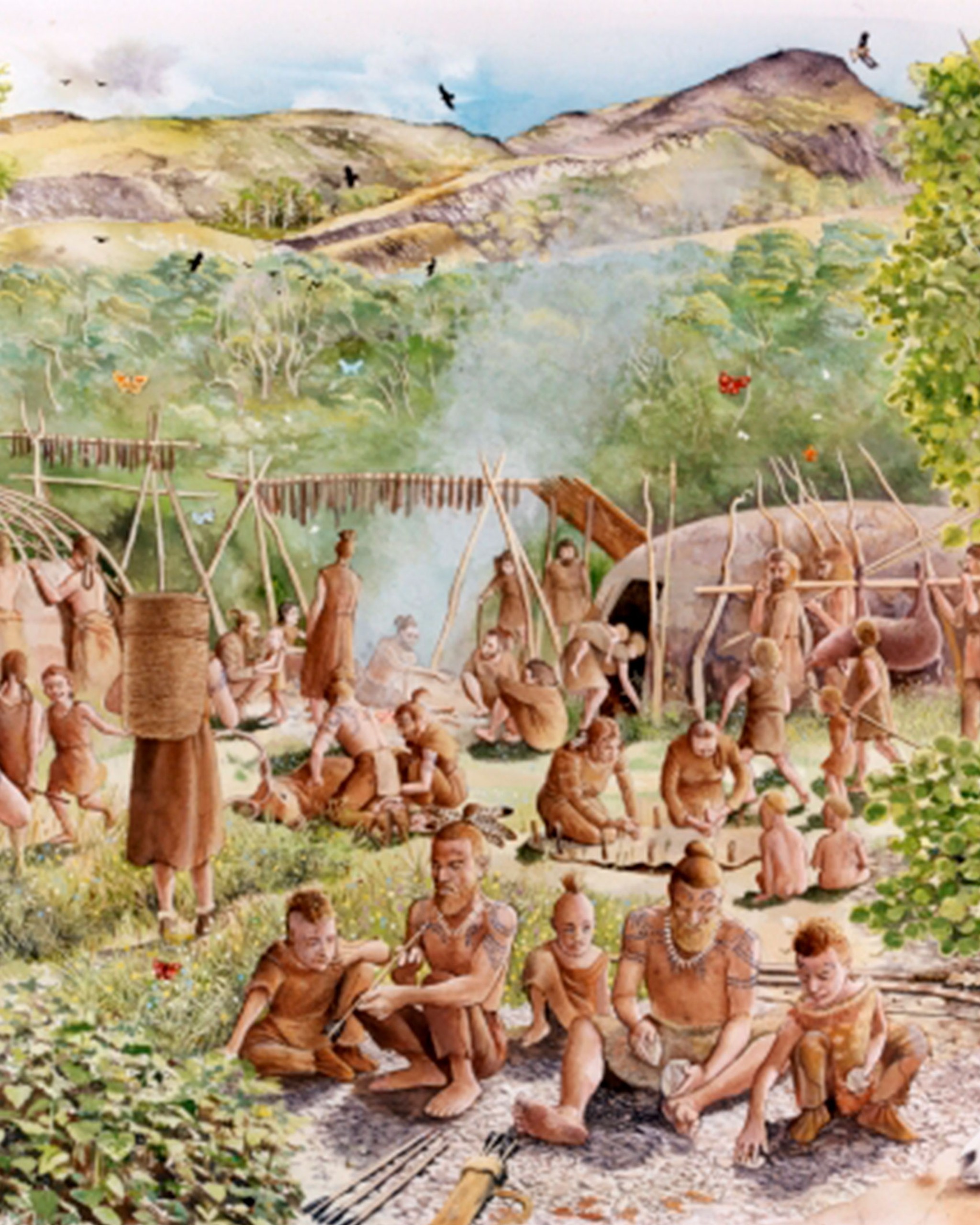Forest Gardens of North America

If you look closely at his photo you can see a former forest garden that's well over 150 years old. This food forest is part of a much larger matrix of perennial forest gardens that were highly common among the indigenous societies of North America’s northwestern coast and beyond.
The forest gardens played a central role in diet, stability and cultural heritage - offering an example of a far more sustainable and biodiverse alternative to conventional agriculture.
The gardens still contain collections of perennial plants and shrubs such as crab apple, wild cherry, plum, soapberry, hazel, wild ginger, rice roots, and medicinal herbs.

Rather than engaging in annual planting cycles, the indigenous people collected, transplanted, and carefully tended these plants over many years: pruning, fertilising, coppicing, and using controlled burns to promote productivity and biodiversity.
The gardens frequently showed a carefully overlapped structure, with a canopy of fruit and nut trees, a mid-layer of berries, and roots and herbs in the undergrowth.
Thanks to the increased availability of fruit, nuts, and other edible plants, these places also supported local wildlife, such as moose, bears, and deer. Even now these ‘abandoned’ areas of food forest are still productive and biodiversity hotspots that seem to be able to naturally hold back the encroaching surrounding conifer forests.

Reference NatGeo
Photography by Storm Carroll




